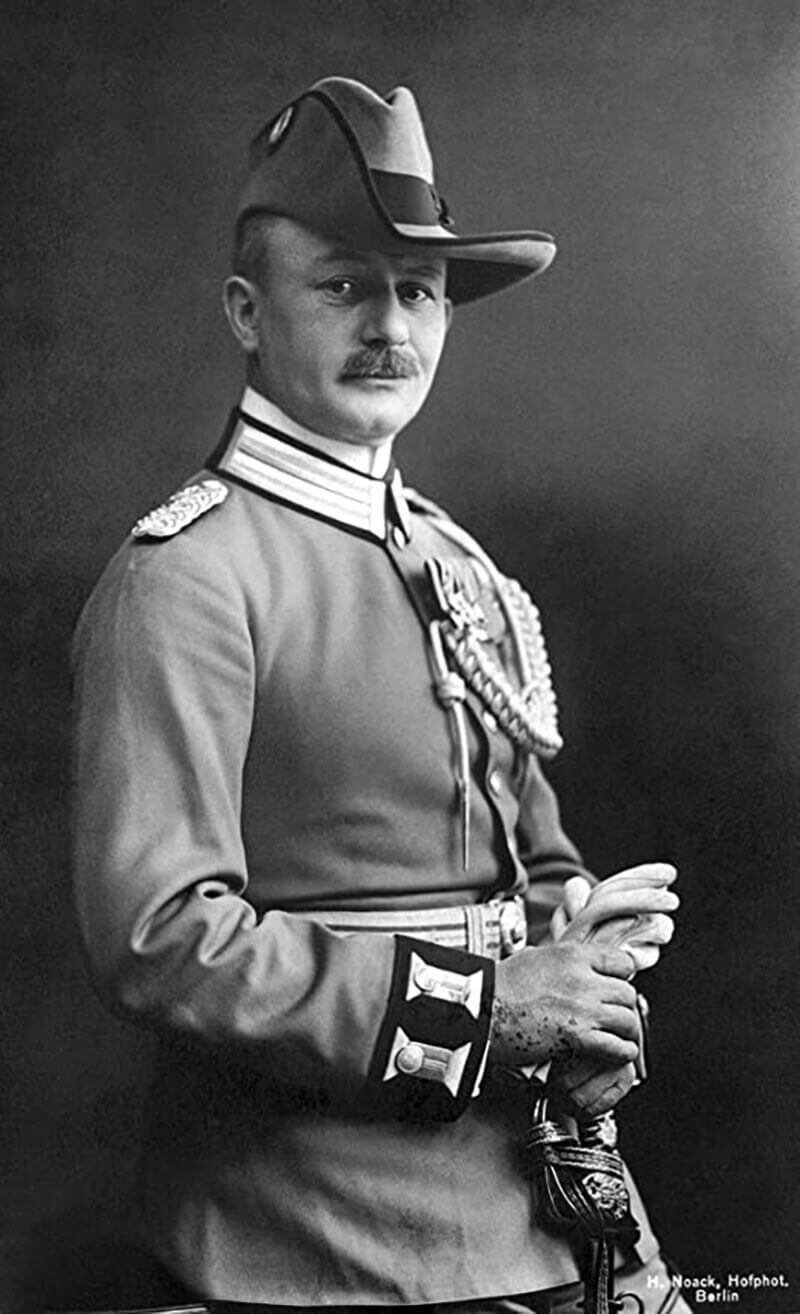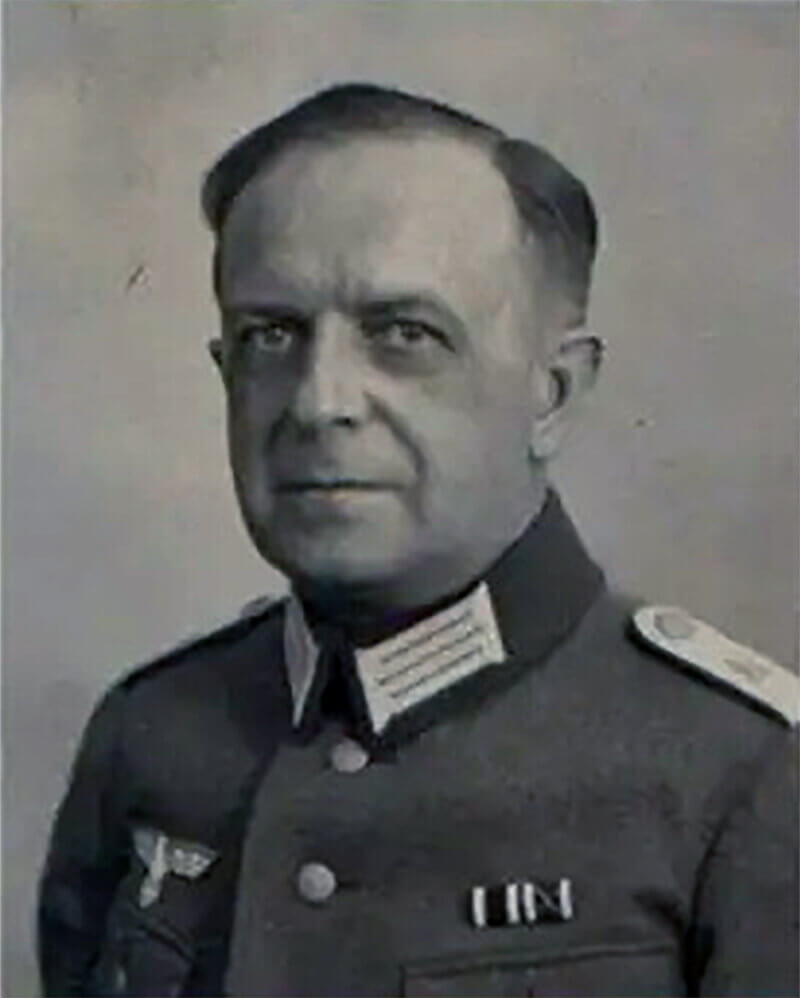| Page Created |
| April 5th, 2022 |
| Last Updated |
| June 14th, 2024 |
| Germany |
 |
| Additional Information |
| Unit Order of Battle Commanders Operations Equipment Multimedia Sources Biographies |
| Badge |
 |
| Motto |
| – |
| Founded |
| October 15th, 1939 |
| Disbanded |
| May 10th, 1945 |
| Theater of Operations |
| The Netherlands Belgium (Great Britain) (Gibraltar) Greece North Africa Soviet Union Caucasus Germany Balkan Austria |
| Foundation |
The idea for a unit which later would be known as the Brandenburgers, originated from the mind of Hauptmann Theodor von Hippel. He envisioned a tactical unit intended to create chaos throughout the enemy’s lines. The unit would be trained in guerilla warfare and be fluent in the languages of the countries where they were operating. Hippel’s idea was based on his experiences in World War 1 as a member of the Schutzgruppe in Germany’s colony Ost-Afrika (Now known as Tanzania, Burundi en Rwanda). The Ost-Afrikaner Schutzgruppe were colonial troops, mostly local tribe’s men, with German leadership. The Schutztruppe were supported by irregulars, known as ruga-ruga. They were under command of General Paul Emil von Lettow-Vorbeck. Like the unit Von Hippel envisioned the Schutzgruppe made use of guerilla warfare and spoke the local language. 
General Paul Emil von Lettow-Vorbeck
Von Hippel first presented his idea to the Reichswehr, this predecessor of the Wehrmacht rejected the idea. Still keen on forming this unit he was able to present his idea to the head of the Abwehr, Admiral Wilhelm Canaris who was initially opposed to the idea on ideological grounds. Prussian trained officers, like Canaris, considered guerrilla warfare as an inferior form of war.
Von Hippel then went to Canaris his section chief, Helmuth Groscurth who was intrigued at the idea. The two met on September 27th, 1940, and just a few days after their meeting, the Oberkommando des Heeres or OKH (Army General Staff) gave the directive authorizing for the creation of “a company of saboteurs for the West.”
A big boost for von Hippel’s idea was the use and succes of similar troops in the annexation of Czechoslovakia in 1938 and the invasion of Poland that had just started. Members of these units Sudetendeutsches Freikorps and Freikorps Ebbinghaus formed the nucleus for the unit Von Hippel was tasked to create.

Hauptmann Dr. Theodor von Hippel
Training for the Brandenburgers was both atypical and a nexus of counterespionage skills and profound Auftragstaktik: reconnaissance, hand-to-hand combat, demolitions, language proficiency, weapons training in both Allied and German weapons, infiltration, counter partisan warfare, camouflage, and assault tactics.
The proficiency of the Brandenburgers primarily stemmed from their initial qualifications, volunteers were the only accepted candidates and were sought for their language skills, i.e. people who had lived abroad or had extensive knowledge of foreign customs.
The unit was officially founded on October 15th, 1939, as the Deutsche Kompanie z.b.V. (Also known as Bau- und Lehrkompanie (DK) z.b.V.) Ten days later on October 25th, 1939, it became the Baulehr-kompagnie 800. It was expanded to the Bau-Lehr-Bataillon z.b.V. 800 on December 15th, 1939. Members of the unit proved themselves in the attack on the lower countries and France starting May 10th, 1940.
This unit was upgraded to the Lehr-Regiment Brandenburg z.b.V. 800 on June 1st, 1940, at Brandenburg an der Havel. Not much later it was renamed Regiment Brandenburg z.b.V. 800. It was now subordinated directly to OKW / Amt Ausland/Abwehr. The unit became known as the own troops (Haustruppe) of Admiral Canaris’ office.

